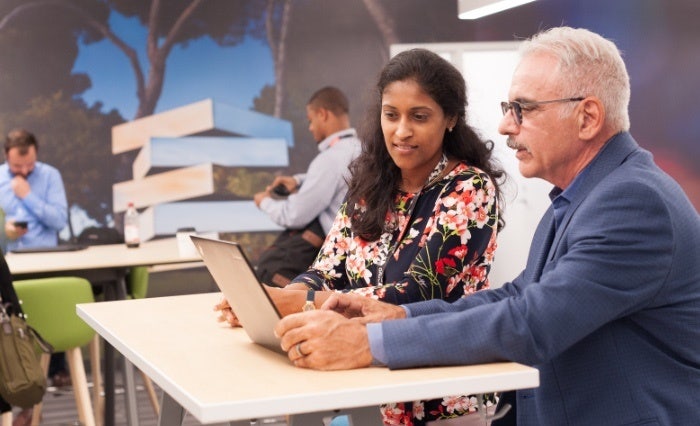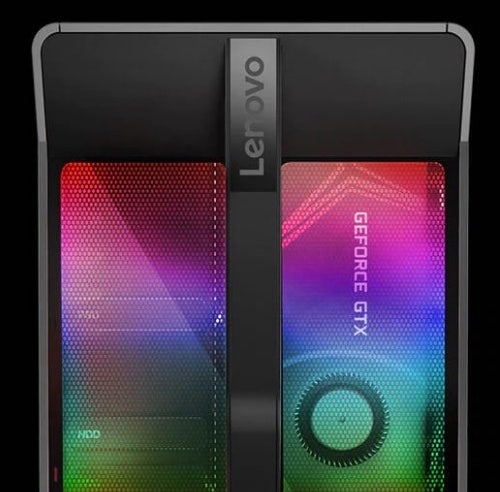
The customer is king.
When Ajit Sivadasan joined Lenovo in the Spring of 2006, the Chinese technology company was busy embarking on its global ambitions. A $1.25 billion acquisition of IBM’s PC division–complete with its iconic ThinkPad laptop–had just turned Lenovo into the world’s third-largest PC maker, overnight. But for Sivadasan, a digital disruptor and e-commerce pioneer, the company had a major problem: “We had no footprint really when it came to e-commerce,” he recalls. “I actually came here to build the online business.”
Back then, Lenovo sold its personal computers online in just five countries. “[Lenovo] was not very e-commerce centric or friendly,” says Sivadasan. “It was, quite frankly, a big exercise in change management.” Born in India and based in the United States, Sivadasan is a deep thinker who likes to study the work of psychologists like Amos Tversky. He’s fascinated by the science of decision-making. “How do we have a view of the customer that’s almost 360 degrees?” he asks. “How can we influence decisions, or take actions that serve our customers in near real-time, whether it’s marketing, driving demand, or it’s closing a sale?”
After slowly converting his counterparts to the power of digital, Sivadasan focused on launching e-commerce operations in the world’s top ten markets. They analyzed countries in terms of per capita income, population, and internet penetration. “Then we moved to the next ten,” Sivadasan recalls.
Soon, Sivadasan had a front-row seat for Lenovo’s epic transformation. In just over a decade the company turned from a simple PC-manufacturer into a global leader in providing innovative consumer, commercial, and data center technology. Today, Lenovo boasts over 50,000 employees and operations in 180 markets. It designs, develops, manufactures, and sells PCs, tablets, smartphones, workstations, servers, IT management software, and smart televisions. Since you started reading this article, Lenovo has sold 720 devices, at a rate of four per second, reaching annual revenues of a staggering $50 billion. But its journey of digital transformation is far from over.
As the leader of the brand’s e-commerce and digital strategy, Sivadasan has an equally formidable target—to double digital sales in three years. The mission revolves around one important question, Sivadasan says, “How do we get the customer to be in the center of the journey?” The answer was a new technology stack and a company-wide change in culture.










